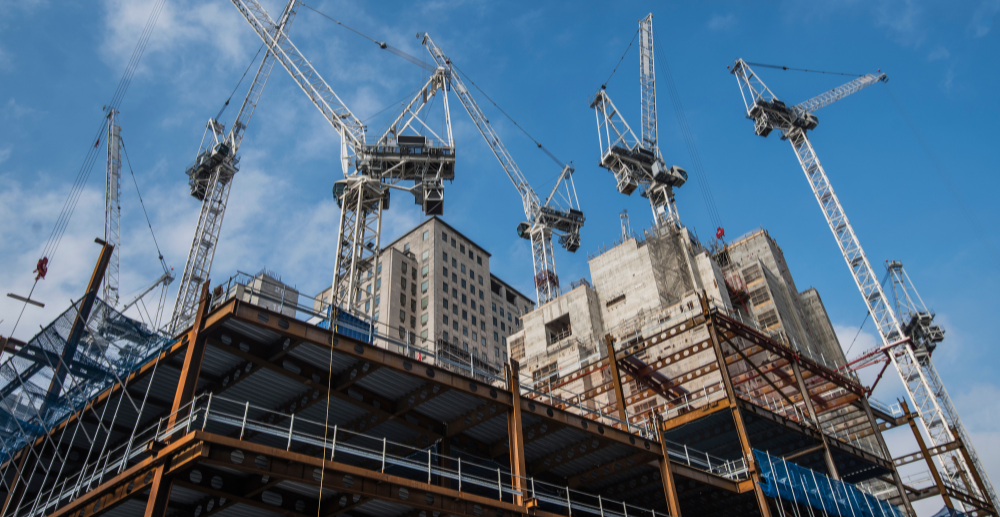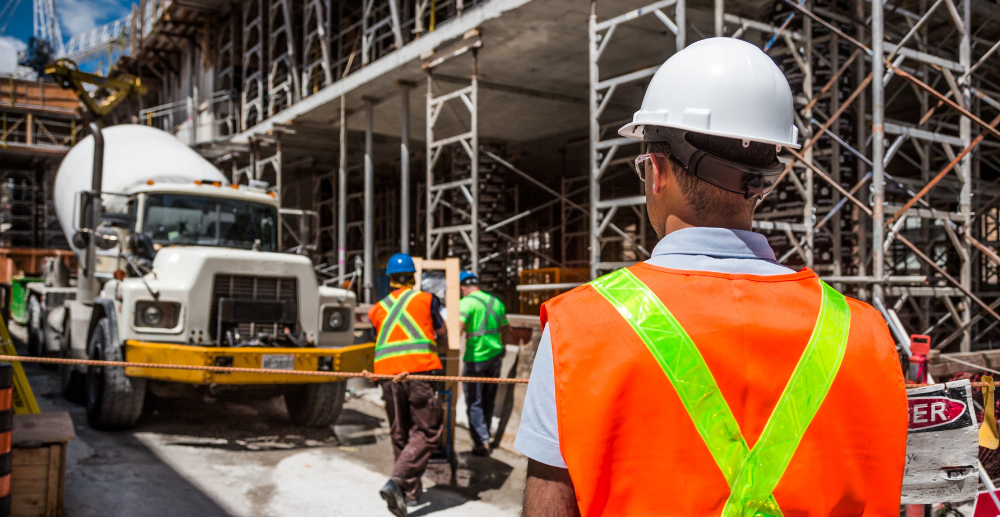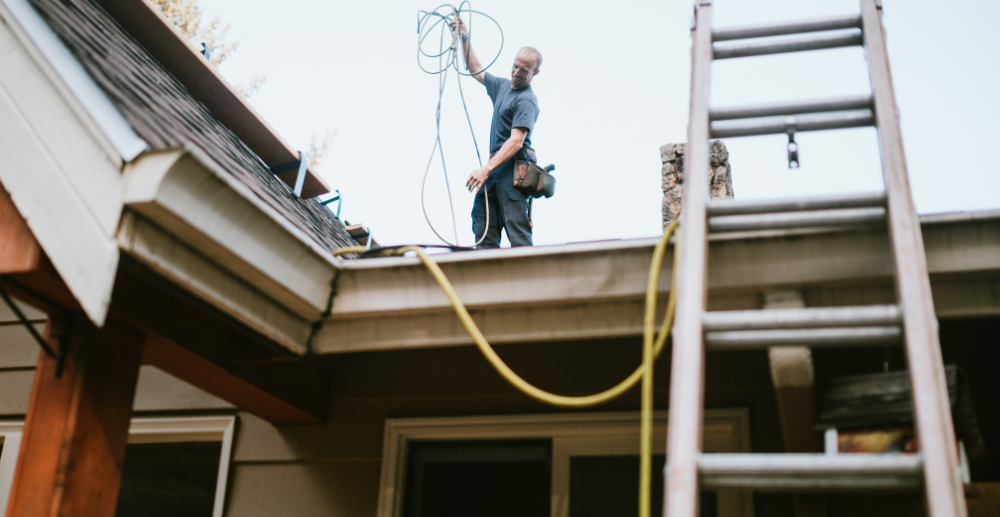
Public Liability vs. Contractors All Risk Insurance: Understanding the Key Differences
For businesses in construction, engineering, or any industry dealing with physical projects, insurance can seem like a maze of overlapping policies. Two types of insurance often mentioned in the same breath are Public Liability Insurance and Contractors All Risk Insurance. While they may seem similar, they serve very distinct purposes and cover different risks.
In this blog, we’ll break down the differences between these two policies, highlight scenarios where each is most relevant, and help you determine the right coverage for your business.
What is Public Liability Insurance?

Public Liability Insurance is essential for businesses that interact with the public, clients, or third parties during their operations. This insurance covers claims from third parties for personal injuries or property damage caused by your business activities.
Protecting Against Third-Party Claims
Public Liability Insurance ensures that your business is not financially crippled by unexpected accidents involving third parties. Some typical scenarios include:
- Accidental Property Damage: While delivering equipment, a contractor damages the client’s office furniture.
- Personal Injury: A customer slips and falls in a store due to a wet floor with no warning signs, resulting in medical expenses and potential lawsuits.
- Damage During Events: At a company-sponsored event, a third party is injured due to poor equipment setup.
This type of insurance is particularly relevant for businesses in hospitality, retail, events management, and construction – any industry where interaction with third parties is unavoidable.
What is Contractors All Risk (CAR) Insurance?

Contractors All Risk Insurance is designed specifically for construction projects, offering comprehensive coverage for both material damage and third-party liability. This insurance is a safety net for contractors, developers, and project owners, ensuring that unforeseen accidents or errors during construction do not derail the project financially.
Comprehensive Coverage for Construction Projects
CAR Insurance typically provides two key areas of protection:
- Material Damage: Covers physical damage to the construction site, materials, or equipment due to accidents, natural disasters, or other unforeseen events. For example:
- A sudden fire damages materials stored on-site.
- Heavy rainfall causes partial collapse of scaffolding during construction.
- Third-Party Liability: Protects against claims from third parties for injuries or property damage caused by construction activities. For example:
- Falling debris from a construction site damages a neighboring property.
- A passerby is injured by unsecured equipment near the site.
Key Differences Between Public Liability Insurance and Contractors All Risk Insurance
| Feature | Public Liability Insurance | Contractors All Risk (CAR) Insurance |
|---|---|---|
| Primary Purpose | Covers third-party claims for injury or property damage caused by business operations. | Covers material damage to construction projects and third-party claims related to construction activities. |
| Coverage Scope | Third-party bodily injury | Damage to construction sites, materials, and equipment; Third-party bodily injury or property damage caused by construction work |
| Target Audience | Businesses interacting with the public, such as retailers, offices, and service providers. | Contractors, developers, project owners, and construction-related businesses. |
| Typical Claims | A customer slips on a wet floor at a shop and sustains injuries; A business accidentally damages a client’s property during a service. | A building site is damaged by a fire; Falling scaffolding injures a passerby or damages nearby property. |
| Exclusions | Employee injuries (covered by WICA); Damage to the business’s own property; Professional negligence | Damage caused intentionally or by poor maintenance; Wear and tear on equipment; Claims unrelated to construction activities |
| Duration | Continuous coverage as long as premiums are paid. | Coverage is project-specific, lasting the duration of the construction project. |
| Cost Influencers | Business type; Level of interaction with the public; Historical claims | Project value; Scope and scale of construction activities; Historical claims |
Do You Need Both Insurances?
Understanding whether your business needs both Public Liability Insurance and Contractors All Risk Insurance depends on the nature of your operations and the risks involved.
When Both Policies are Essential
Some businesses, particularly in construction and engineering, often require both insurances. Here’s why:

- Scenario 1: A construction company is working on a large-scale project. While CAR Insurance covers physical damages to the site and project, Public Liability Insurance protects against claims from third parties who might be injured near the construction site.
- Scenario 2: A contractor installs equipment in a commercial building. If the equipment malfunctions later due to installation errors, CAR Insurance addresses repair costs, while Public Liability Insurance protects the contractor if the malfunction injures someone.
Key Industries That Often Need Both
- Construction Firms: To cover the project and third-party claims.
- Renovation Contractors: Often dealing with both physical project damage and potential injury claims from building tenants or visitors.
- Engineering Companies: Handling sensitive projects with high liability risks and expensive equipment.
How to Choose the Right Insurance for Your Business
Selecting the right insurance depends on a clear understanding of your business operations, the risks you face, and the type of coverage each policy provides.
Assess the Nature of Your Business Operations

The first step is to evaluate your day-to-day business activities.
- If your business frequently engages with the public, such as in construction zones, retail spaces, or client offices, Public Liability Insurance is crucial to safeguard against potential injury or property damage claims.
- If your work involves building, renovating, or managing physical assets like structures and equipment, Contractors All Risk Insurance will be essential to cover project-related damages.
Consider Risks Associated with Your Industry
Different industries face different risks. Tailor your insurance coverage based on the unique hazards of your sector:
- Construction and Renovation: Prone to property damage and site accidents, requiring a combination of Public Liability and CAR Insurance.
- Engineering Firms: With complex machinery and high-value projects, CAR Insurance becomes vital, while Public Liability Insurance addresses broader third-party risks.
- Freelancers and Small Contractors: Even smaller operations, like individual contractors or design-and-build firms, may need Public Liability Insurance to cover client-facing risks and CAR Insurance for project-specific protection.
In some cases, the best approach is to combine both policies for complete peace of mind. This ensures that the project materials, tools, and physical assets are covered under CAR Insurance while any third-party claims resulting from accidents or damage are handled through Public Liability Insurance.
Where can I get Public Liability Insurance and Contractors All Risk Insurance in Singapore?

For many businesses, combining these policies provides the most comprehensive coverage, ensuring you’re prepared for any eventuality. Whether you’re a contractor, engineer, or construction firm, having the right insurance in place not only protects your business but also builds trust with clients and stakeholders. For employee coverage, check out our recent article on everything you need to know about WICA!
At Ad Maiora, we specialize in tailoring insurance solutions to suit the unique needs of your business. Our team of experts is here to guide you through the process, ensuring your business is protected from all angles. Contact us today to explore the best insurance options for your business and gain the peace of mind you deserve.

Leave a Reply